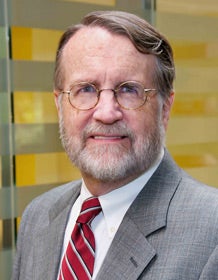Abstract
In February 29, the National Academy of Sciences (NAS) released its report on forensic science: Strengthening Forensic Science in the United States: A Path Forward (29). The popular press immediately trumpeted the report’s release, with headlines such as (1) “Report Urges Overhaul of Crime Lab System,” (2) “Real-life Police Forensics Don’t Resemble ‘CSI’: Reliability is ‘Low or Non-existent,’ Report Finds” and (3) “Science Found Wanting in Nation’s Crime Labs.”
Within three months of its publication, Justice Scalia cited the report in a Supreme Court decision, writing: “Forensic evidence is not uniquely immune from the risk of manipulation. . . Serious deficiencies have been found in the forensic evidence used in criminal trials.” Both the Senate and the House held hearings, and a bill was introduced in Congress. In addition, the President appointed a committee on forensic science.
Several law schools held conferences on the report, and a number legal journals published symposia. Law review articles variously described the report as a “blockbuster,” “a watershed,” “a scathing critique,” “a milestone,” and “pioneering.” This essay briefly discusses some of these articles as well as aspects of the congressional hearings.
Keywords
forensic science, National Academy of Sciences Report, scientific evidence
Publication Date
2012
Document Type
Article
Place of Original Publication
Criminal Law Bulletin
Publication Information
48 Criminal Law Bulletin 378 (2012)
Repository Citation
Giannelli, Paul C., "The 2009 NAS Forensic Science Report: A Literature Review" (2012). Faculty Publications. 99.
https://scholarlycommons.law.case.edu/faculty_publications/99

